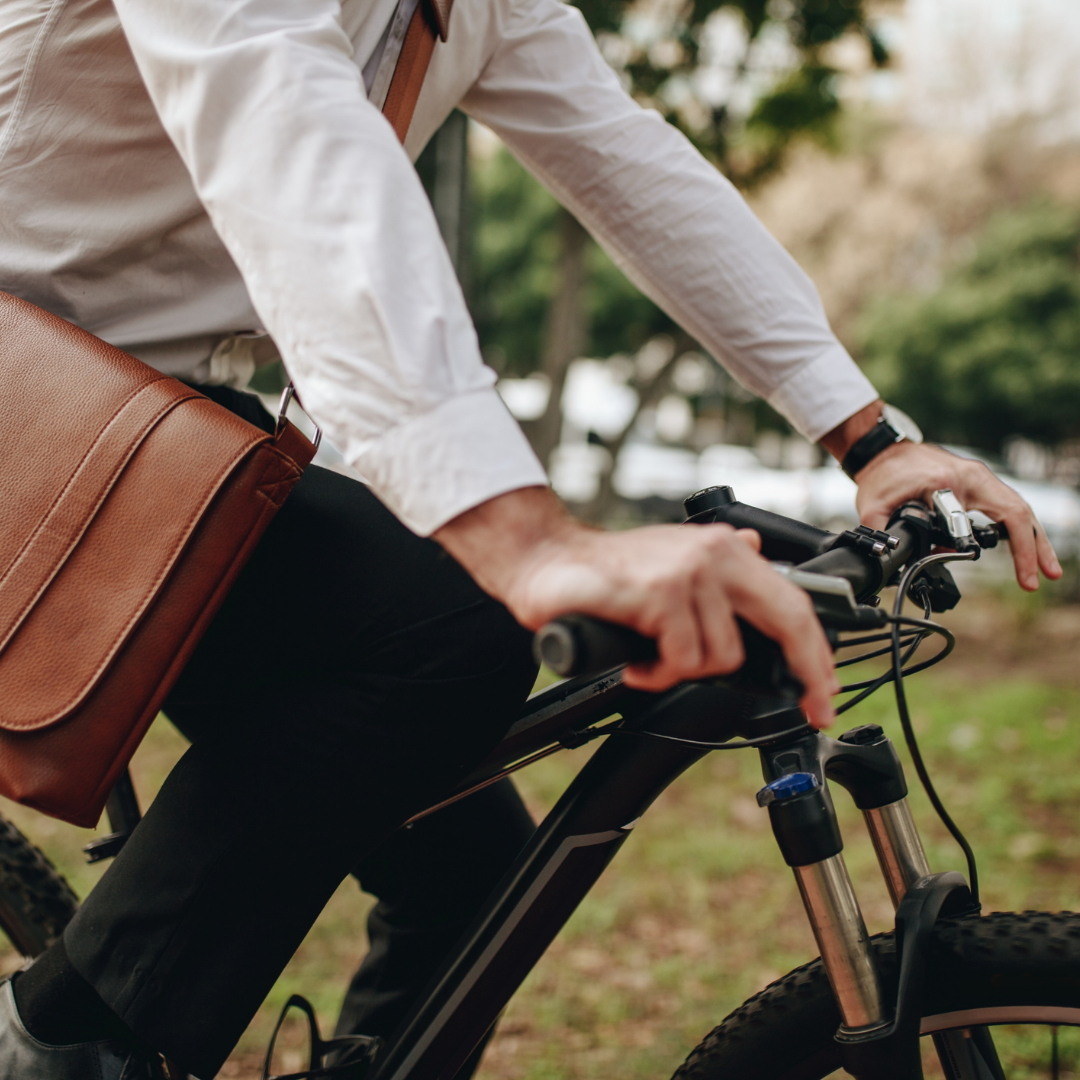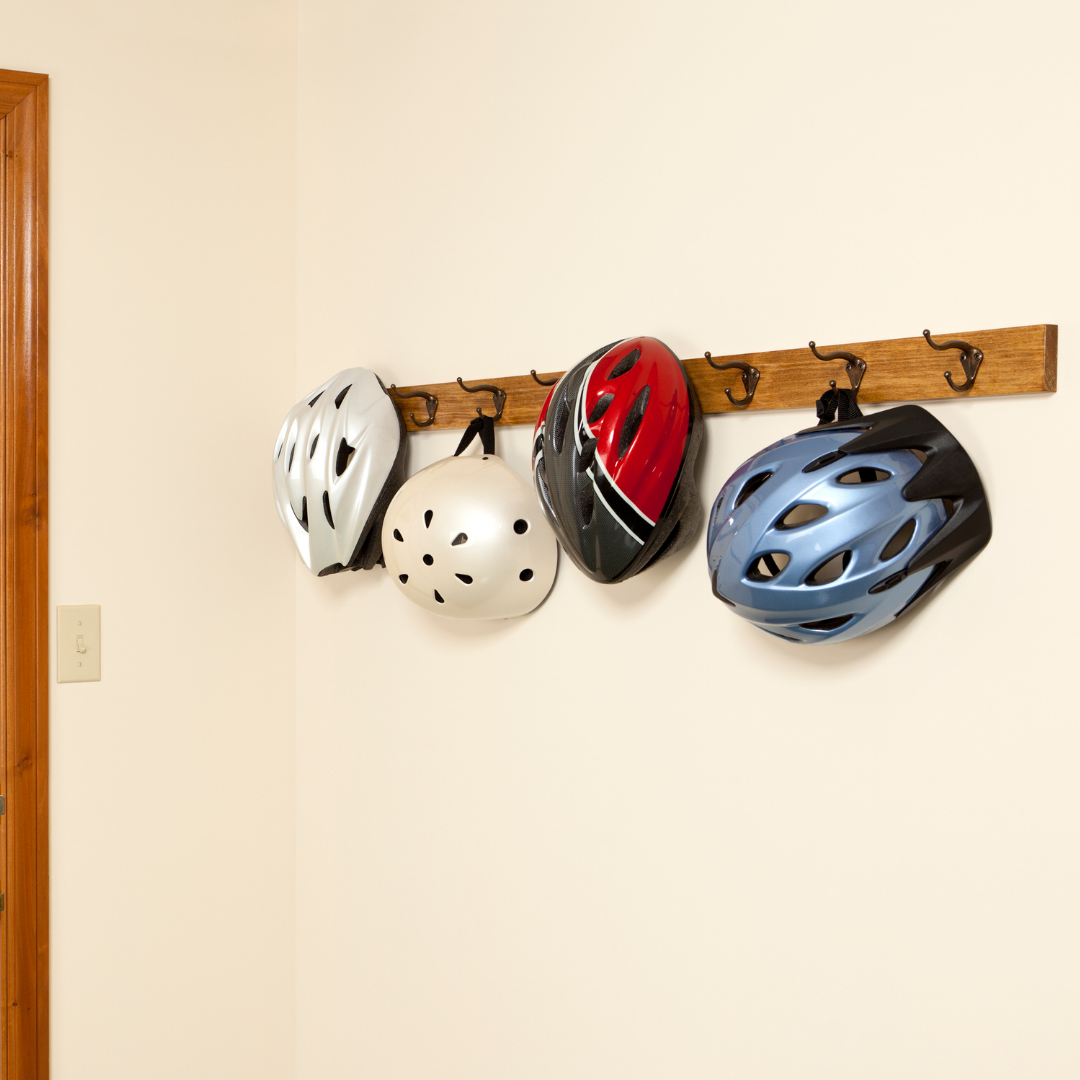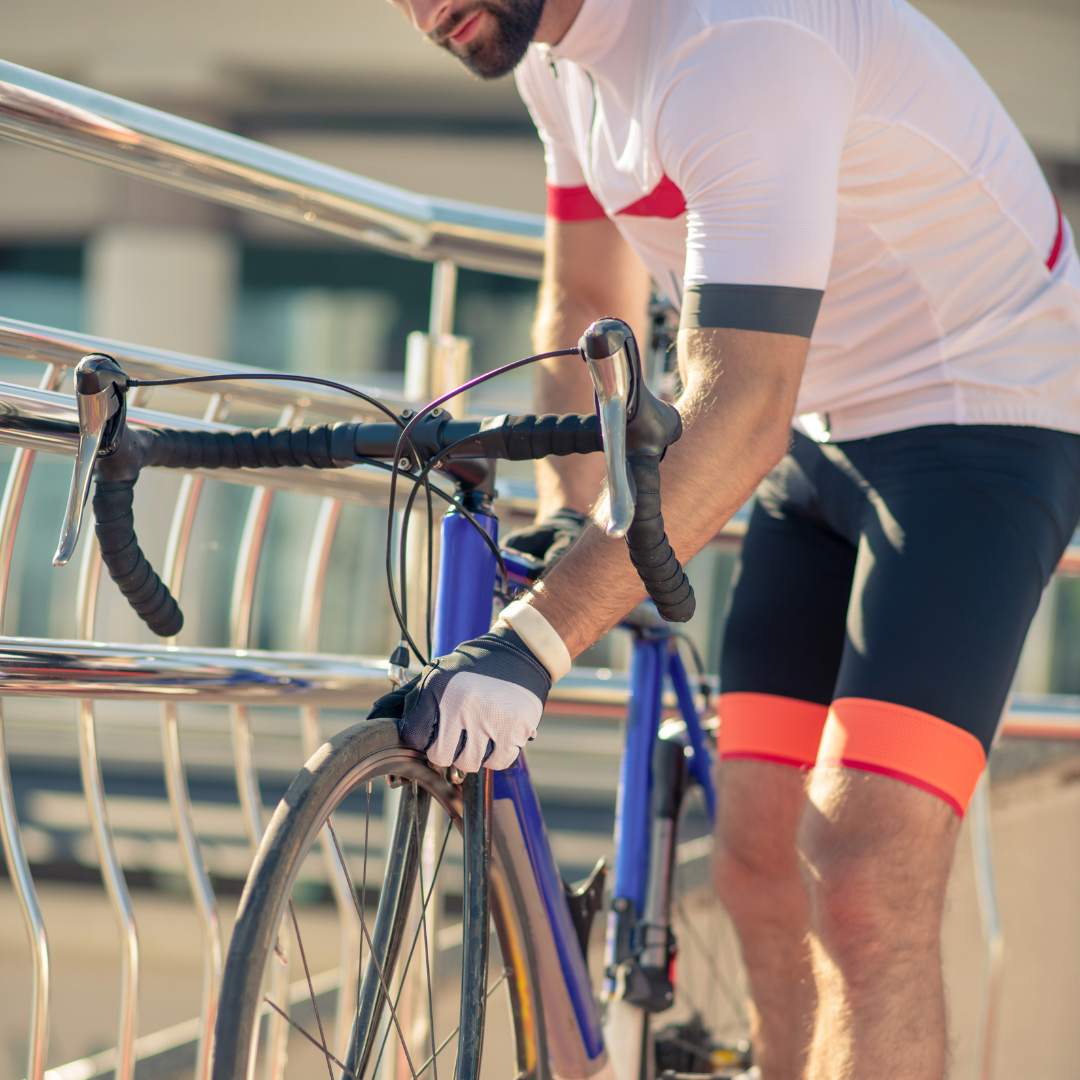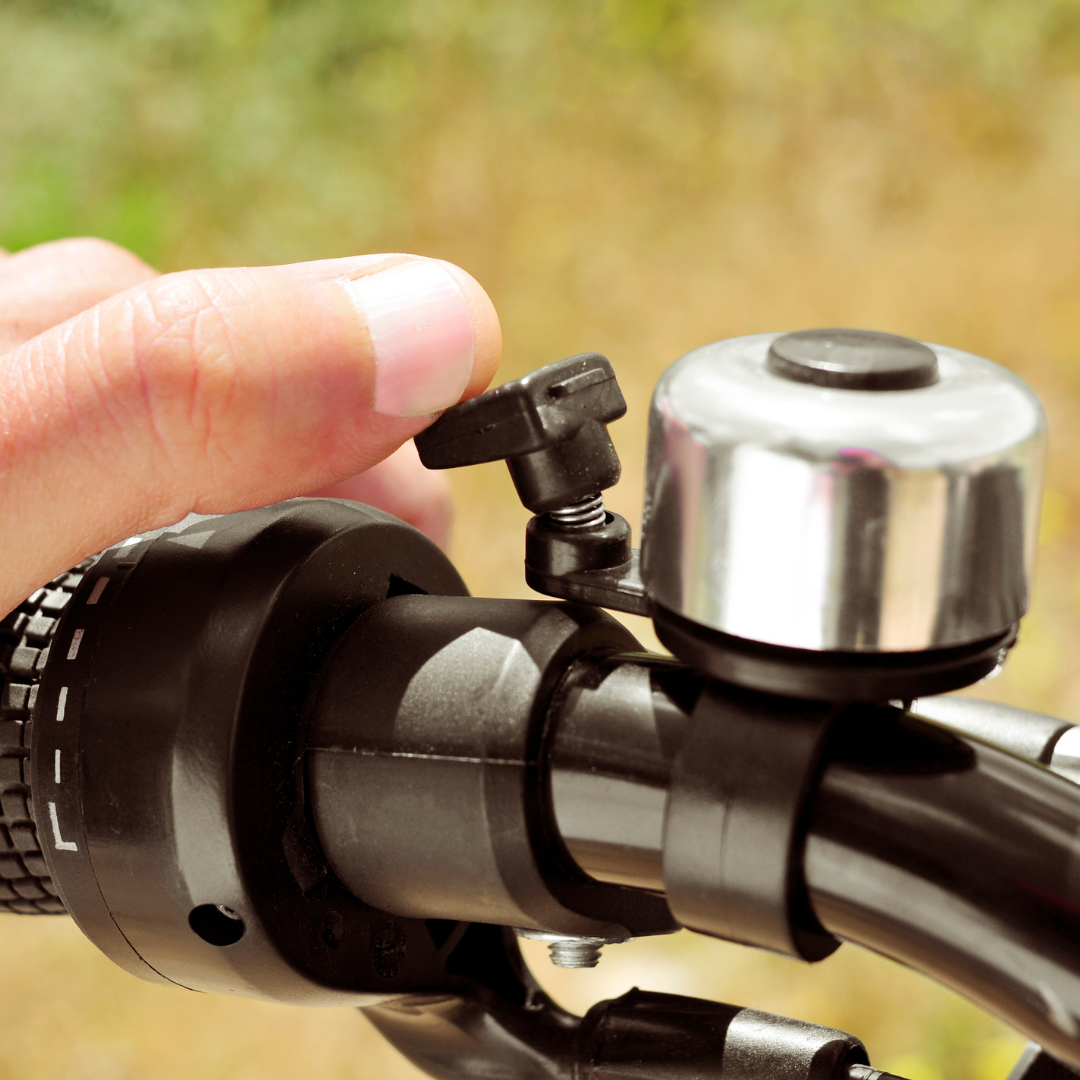As we all know, cycling is one of the sustainable modes of transportation to reach from Point A to Point B. When you

The Ministry of Transportation in Ontario provides a comprehensive PDF-version brochure that contains information, tips, and techniques to a safer cycling. (Access the brochure on the Ministry of Transportation webpage).
In this blog we hope to provide a check list of safety essentials to consider when sharing the road with vehicles.

- Check the weather forecast and be realistic with your capabilities of riding a bike in certain conditions.
- Wear according to the temperature and put on running or cycling shoes so you can pedal comfortably.
- Avoid loose pants that can get tangled in the bike chain.
- Navigate maps to know the fastest route to your destination.
- Check your municipality’s webpage if they have a bike map to be familiar with bike lanes and shared-use trails around where you live. For instance, the Region of Waterloo has two types of bike map: rural and urban!
BE VISIBLE

- Making sure that you are seen by cyclists and motorists is important, so they are aware of your presence on the road. This includes wearing lightly and brightly coloured clothing, but not too bright to the point that it can hurt people’s eyes.
- Don’t forget to put a helmet on your head as well. To be seen even more, use reflectors and reflective tape on your helmet, clothes, and bicycle. This is particularly helpful when biking at night where your surroundings can become dark to see.
- Installing a headlight and taillights on your bike increases your chances of being seen, thus prompting other riders to be alert and mindful of your presence on the road.

- Unlike other vehicles, bikes are silent unless their bearings make a noise which is a sign of having them cleaned and re-greased. If your bike doesn’t have any, it is required by law to install a bell or horn to signal drivers, cyclists, and pedestrians.
- Using your hands can also be another way to signal drivers and pedestrians about what you’re doing. This way others can easily predict your movements, and it alerts them that you’ll be passing them.
- Ride in a consistent path so riders and pedestrians won’t be confused about your directions.
However, like motorists, cyclists are also obligated to adhere to road signs, traffic signs and signals. Failure to do so can lead to being fined and even worse, getting into accidents. The Highway Traffic Act contains rules for cyclists to bike safely on the road.
Check out your city by-laws on how to use the various cycling infrastructure around your city. For example, in the City of Waterloo, did you know if your bike tires are not less than 50cm in diameter, you can’t bike on sidewalks?
OTHER PRECAUTIONS TO TAKE
- Make sure the roadway you’re entering is clear to prevent collisions.
- Watch out for cars stopping on the curbside and opening their doors, which is why ringing your bell or horn is important to alert them.
- Ride with the flow of traffic and in a single file to be safer. Cyclists should also leave a one-metre space from the curb to avoid grates and debris.
- Never get on a bike while drunk and high.
FOR MORE INFORMATION ABOUT SAFETY CYCLING:
- Ontario Highway Traffic Act – regulations on how vehicles like bicycles are used on Ontario roads
- Cycling Skills: Ontario’s Guide to Safe Cycling – a handbook of rules and safety standards for cyclists
- Cycling Canada’s CAN-BIKE Program – a series of courses on all aspects of cycling
- Region of Waterloo Bike Map (Rural) – a bike map for rural areas in Waterloo Region
- Region of Waterloo Bike Map (Urban) – a bike map for urban areas in Waterloo Region
- Cycling around ION transit across Waterloo Region – a video on YouTube providing tips to stay safe around ION transit tracks
- CycleWR – a new cycling advocacy group in Waterloo Region
ADDITIONAL RESOURCES SPECIFIC TO UNIVERSITY OF WATERLOO COMMUNITY:
- Bike Centre – a bike repair shop operated by undergraduate students
- Bike Cage – a new secure bike cage between Environment 3 and Modern Languages